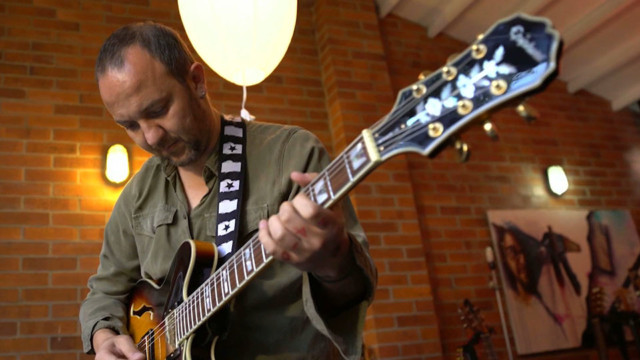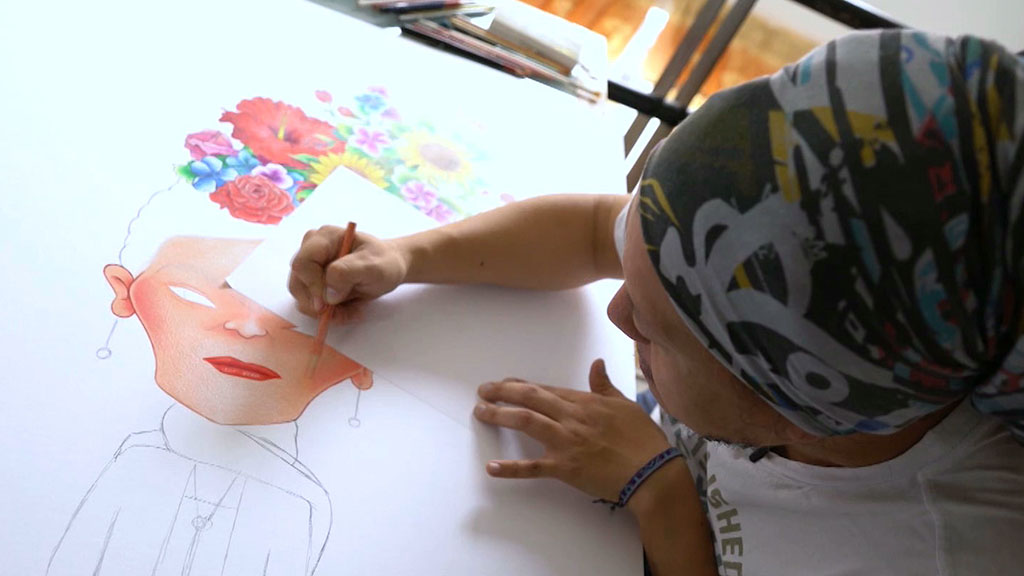Colombia is trying to transcend decades of violence, but some parts of its bloody past remain. This struck a chord with one artist, who’s turning instruments of destruction into instruments of music.
As part of her continuing series ‘Arts and Conflict,’ CGTN’s Michelle Begue has his story.
Musician Cesar Lopez has dedicated his life to challenging the violence in his country. That’s why in 2003, he created the escopetarra, or shotgun guitar. Lopez turned a destructive object into something positive.
“Our dream is to have it play more notes than the number of bullets it shot,” the musician explained.
He takes the AK-47s given up by guerilla fighters or militia soldiers, and turns them into guitars. Lopez and his instruments have traveled to more than 30 countries to play music in front of gangs, inmates, and youth, educating them on non-violence.
In concerts, including one called “Songs for a Country After War,” he delivers a strong message of peace, through the lyrics of his music.
“As artists we must ask what more can we do through our art to heal this country… To prevent people from killing each other. To encourage respect of differences,” the artist explained.
Lopez does more than just sending messages of peace through his music. Every year on the International Day of Non-Violence in October, Cesar leads a campaign he created that calls for 24 hours of zero violent deaths. The campaign is called 24/0.
More than a challenge, Lopez asks Colombians to reflect on the fact that the vast majority of the country’s violent deaths are not due to the armed conflict. There has been a steady increase in levels of urban violence due to robberies, assaults and drug trafficking by individuals and criminal groups.
“Of the 11,000 that died violent deaths in 2016, only 400 can be attributed to the armed conflict. The rest of them are caused by us due to intolerance, machismo, and our difficulty to understand people who are different. We have a lot to say about that through the escopetarra and through music.”
This year Lopez was asked to play in an event to commemorate the FARC guerilla’s disarmament. The end of more than 50 years of armed conflict is a historic moment, he says, and art should serve as medicine to treat battered souls.
“To remember the past, to prevent repetition, to stop the polarization of society, to educate a generation to be more compassionate and without hate, and to deconstruct the ‘enemy’. There are so many missions we have with these tools.”
Colombia’s conflict may have ended, but artists like Cesar Lopez know there’s still much to contribute to the peace building process.
More of Michelle Begue’s “Arts & Conflict”
Artist known as ‘Bacteria’ shines light on corruption infecting Colombia
Colombian graffiti artist ‘Guahce’ tells story of Latin America
 CGTN America
CGTN America


